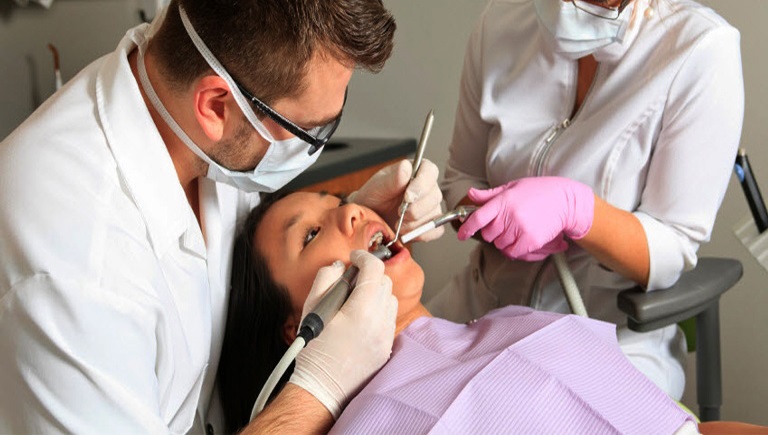LIGHTWALKER LASER
Root planing and scaling teeth
If your dental hygienist cleans your teeth every six months or so, you know that a routine professional cleaning involves scaling teeth and the gumline to remove plaque and tartar, and polishing to remove stains and smooth the tooth’s surface. This is done to keep your teeth and gums healthy. If you have symptoms of gum disease, however, you may need another type of cleaning, called scaling and root planing.

Although routine cleanings are done to prevent periodontal (gum) disease, scaling and root planing is a non-surgical procedure done to treat periodontal disease. In fact, this procedure – sometimes called a deep cleaning – is considered the “gold standard” of treatment for patients with chronic periodontitis.
Healthy gum tissue fits tightly around each tooth. But, when bacterial plaque and tartar accumulate around and under the gums, tissues that support your teeth may be affected and periodontal disease can develop causing deeper pockets to form.
When you have more advanced signs of gum disease (bad breath, heavy tartar buildup and unhealthy pocket depths of 4mm or more), your dentist may recommend scaling and root planning as the first procedure necessary to treat the condition.
Scaling and root planning teeth, provided by either your dentist or dental hygienist, may take more than one appointment to complete, and a local anesthetic is often used to minimize any discomfort.
The procedure involves thoroughly scaling all plaque, bacterial toxins and tartar deposits from your teeth and root surfaces; and then root planning, which smoothes all rough areas on your roots’ surfaces. Smooth root surfaces keep bacteria, plaque, and tartar from re-adhering underneath the gumline, allowing your gums to heal and reattach themselves more firmly.
- Published in General Dentistry

